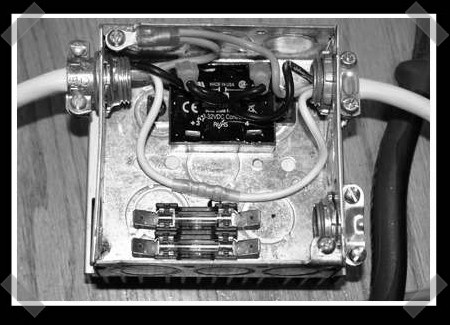
Pitchfork.tv is showing the documentary Blip Festival: Reformat the Planet for one week only. The Blip Festival is an annual chiptune event in New York City featuring musicians who use video game consoles as part of their production. The documentary has a ton of artist interviews and music from all across the spectrum. Most of the initial featured artists are using the Game Boy LSDJ tracker cartridge. [Nullsleep] has put together a tutorial for the device. You’ll see a lot of other old hardware and hear discussions of coveted mods like adding backlights as well. [Mark Denardo] is shown using a PSP as part of his performance. Other people are using software like Fruity Loops to build tracks with Nintendo samples. Honestly, our favorite part was a clip of the loud objects doing a live soldering circuit bending performance on top of an overhead projector at the Bent Festival. Although not musical, Element Labs’ Versa TILE makes a fairly mesmerizing backdrop throughout the film too. You can find links to all the featured artists on last year’s festival page.
Blip Festival 2008 happens December 4-6 in Brooklyn, NY.
[via Waxy]
[photo: ziggy fresh]













